Cotton fabric is one of the most versatile and widely used textiles in the world. Whether it’s for clothing, home furnishings, or industrial purposes, cotton offers a multitude of options in terms of fabric variations. Understanding these variations is essential for businesses looking to source high-quality cotton textiles for their products. In this article, we will explore the different types and characteristics of cotton fabric variations, enabling businesses to make informed decisions when it comes to their cotton fabric requirements. 1. Types of Cotton Fabric: There are several types of cotton fabric, each with its unique characteristics: a) Plain Weave Cotton: This is the most common type of cotton fabric, known for its durability and breathability. It has a simple over-under weave pattern, resulting in a smooth, even texture. b) Twill Weave Cotton: Twill cotton fabric has a distinctive diagonal pattern produced by weaving the weft thread over and under multiple warp threads. This weave adds strength and durability to the fabric, making it ideal for jeans, pants, and workwear.

.
 c) Satin Weave Cotton: Satin cotton is known for its smooth, lustrous appearance. It uses a floating weft technique, allowing the fabric to have a smooth and glossy surface. Satin cotton is often used for luxurious bedding and evening wear. d) Voile Cotton: Voile cotton is a lightweight, sheer fabric with a crisp feel. It is commonly used for curtains, lightweight clothing, and drapes. e) Flannel Cotton: Known for its warmth and softness, flannel cotton is a popular choice for winter wear, blankets, and bedding. It has a brushed surface, which gives it its soft and fuzzy texture. 2. Variations based on Fiber Length: Cotton fibers can be categorized into two main types based on their length: a) Long-Staple Cotton: Also referred to as Egyptian or Pima cotton, long-staple cotton has longer fibers, resulting in a smoother and more durable fabric. This variation is known for its high thread count, excellent softness, and longevity.
c) Satin Weave Cotton: Satin cotton is known for its smooth, lustrous appearance. It uses a floating weft technique, allowing the fabric to have a smooth and glossy surface. Satin cotton is often used for luxurious bedding and evening wear. d) Voile Cotton: Voile cotton is a lightweight, sheer fabric with a crisp feel. It is commonly used for curtains, lightweight clothing, and drapes. e) Flannel Cotton: Known for its warmth and softness, flannel cotton is a popular choice for winter wear, blankets, and bedding. It has a brushed surface, which gives it its soft and fuzzy texture. 2. Variations based on Fiber Length: Cotton fibers can be categorized into two main types based on their length: a) Long-Staple Cotton: Also referred to as Egyptian or Pima cotton, long-staple cotton has longer fibers, resulting in a smoother and more durable fabric. This variation is known for its high thread count, excellent softness, and longevity.
..
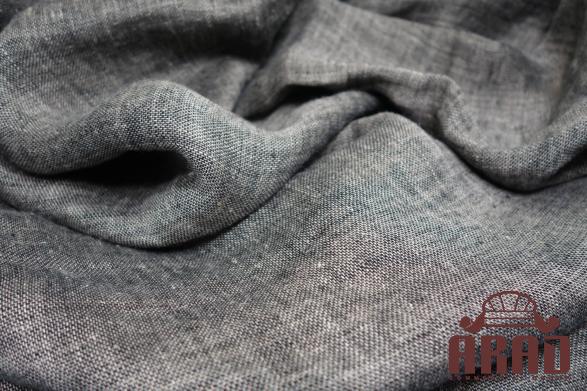 It is often used for luxurious bedding and high-end apparel. b) Short-Staple Cotton: Short-staple cotton, also called upland or American cotton, has shorter fibers. While it may not be as smooth or durable as long-staple cotton, it is more affordable and commonly used for everyday clothing, home textiles, and industrial purposes. 3. Specialty Cotton Variations: Apart from the traditional cotton fabrics, there are also specialty cotton variations that cater to specific needs: a) Organic Cotton: Produced without the use of synthetic fertilizers or pesticides, organic cotton has gained popularity due to its sustainable and eco-friendly nature. It is often used for organic clothing lines and products appealing to environmentally conscious consumers. b) Supima Cotton: Supima cotton is a trademarked term for American Pima cotton, known for its exceptional strength, softness, and color retention. It is favored by high-end clothing brands for its luxurious feel.
It is often used for luxurious bedding and high-end apparel. b) Short-Staple Cotton: Short-staple cotton, also called upland or American cotton, has shorter fibers. While it may not be as smooth or durable as long-staple cotton, it is more affordable and commonly used for everyday clothing, home textiles, and industrial purposes. 3. Specialty Cotton Variations: Apart from the traditional cotton fabrics, there are also specialty cotton variations that cater to specific needs: a) Organic Cotton: Produced without the use of synthetic fertilizers or pesticides, organic cotton has gained popularity due to its sustainable and eco-friendly nature. It is often used for organic clothing lines and products appealing to environmentally conscious consumers. b) Supima Cotton: Supima cotton is a trademarked term for American Pima cotton, known for its exceptional strength, softness, and color retention. It is favored by high-end clothing brands for its luxurious feel.
…
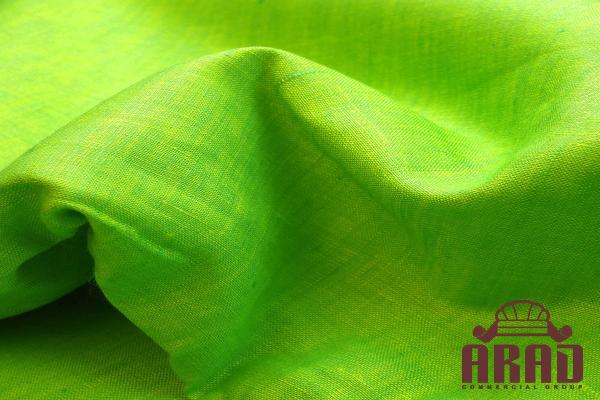 c) Kona Cotton: Kona cotton is a finely woven, lightweight cotton fabric known for its vibrant color range. It is commonly used for quilting, crafts, and apparel. Conclusion: Understanding the range of cotton fabric variations is crucial for businesses looking to source textiles that align with their product requirements. With the knowledge of different fabric weaves, fiber lengths, and specialty cotton variations, businesses can make informed decisions that result in high-quality, durable, and versatile cotton fabrics. By harnessing the diverse characteristics of cotton fabric variations, businesses can tap into the vast potential of this time-honored textile in meeting the demands of their customers efficiently and sustainably.
c) Kona Cotton: Kona cotton is a finely woven, lightweight cotton fabric known for its vibrant color range. It is commonly used for quilting, crafts, and apparel. Conclusion: Understanding the range of cotton fabric variations is crucial for businesses looking to source textiles that align with their product requirements. With the knowledge of different fabric weaves, fiber lengths, and specialty cotton variations, businesses can make informed decisions that result in high-quality, durable, and versatile cotton fabrics. By harnessing the diverse characteristics of cotton fabric variations, businesses can tap into the vast potential of this time-honored textile in meeting the demands of their customers efficiently and sustainably.

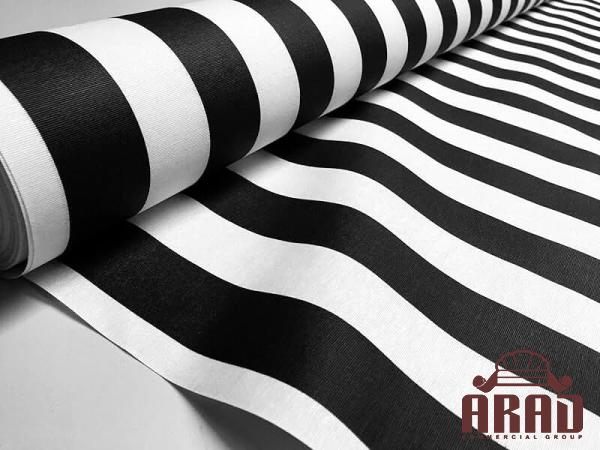

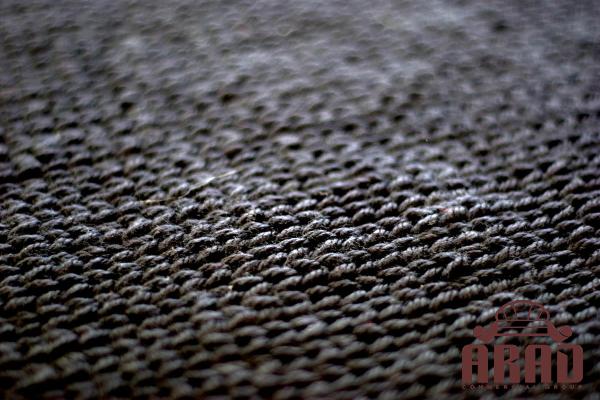




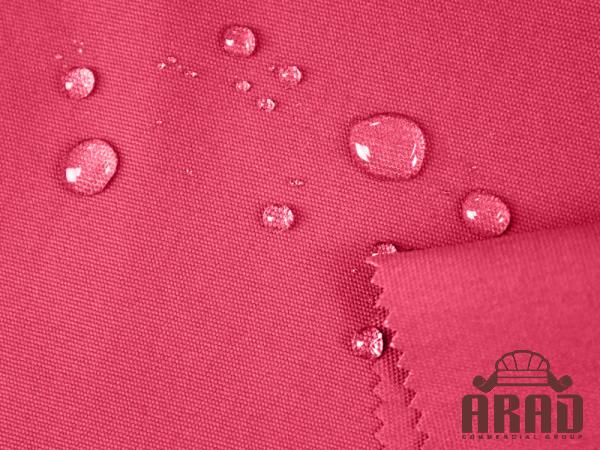
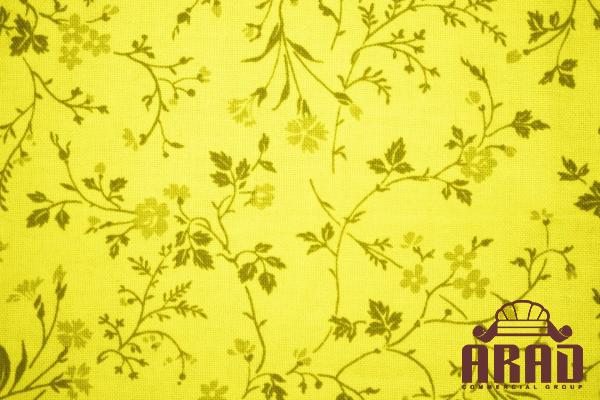
Your comment submitted.